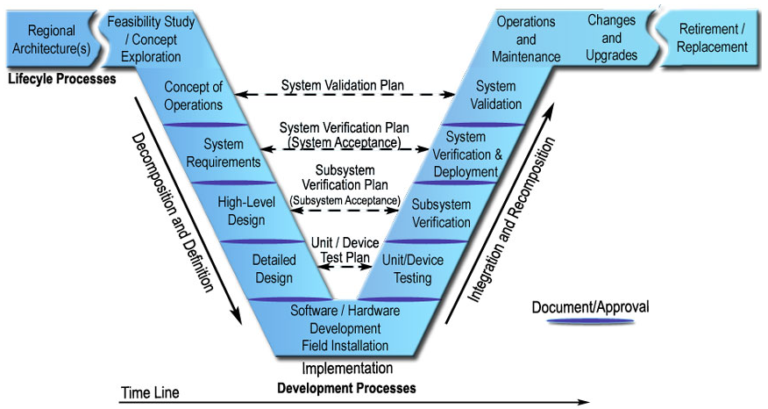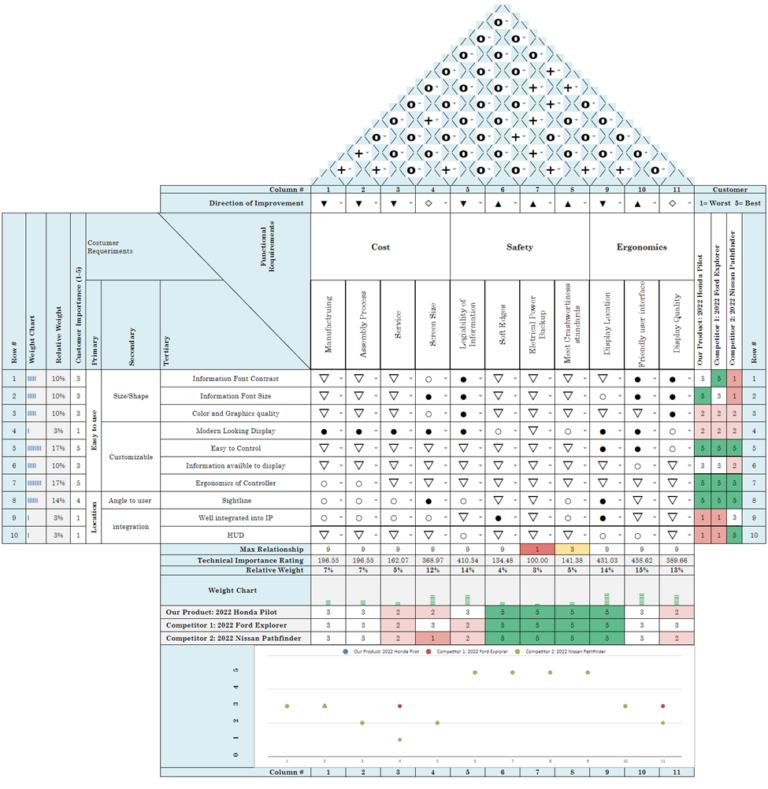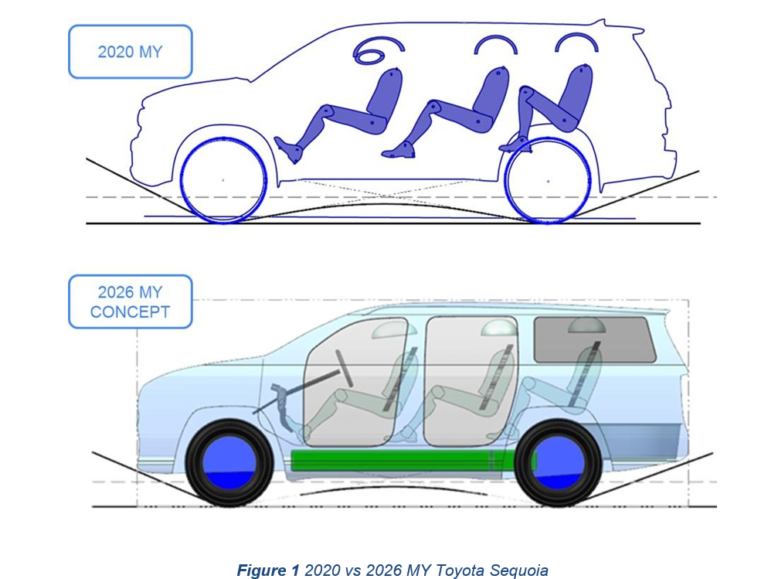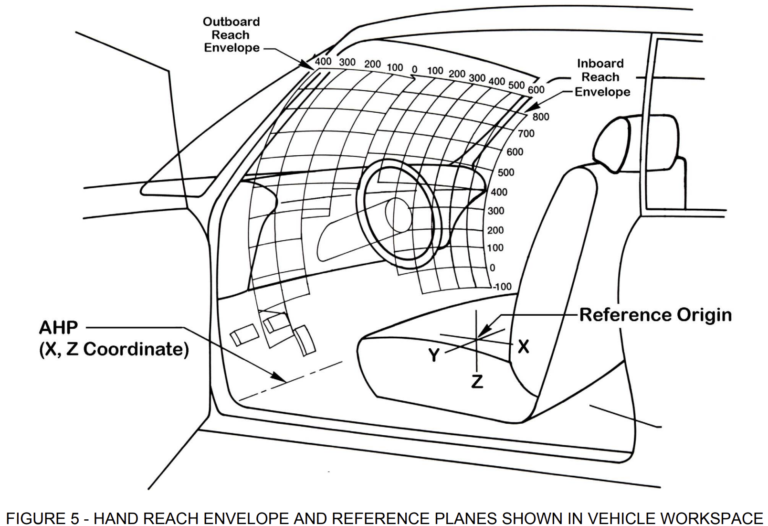Occupant Package Design
Background of Market Segment and Benchmark Vehicles:
The vehicle segment which was selected to review during this project was the two-seater luxury sports car. This vehicle is usually purchased by people who are well off financially and are over the age of 50. On average the household income of an individual who is purchasing a luxury sports car is over $145,000 a year. The majority of customers are male with a college education. They are proud of the fact that they have earned the right to purchase a luxury sports car and like to buy a vehicle that shows off their success.
At this point in their career, their kids have already graduated from college or are about to graduate so they have some extra money to spend on their toys. They usually have another vehicle, which is considered their daily driver, and are buying a sports car to have some extra fun on the weekends at the track.
The competitive vehicles which were benchmarked for this project were:
- 2022 Chevrolet Corvette 3LT
- 2022 Porsche 911 Carrera
- 2022 Audi R8 V10
Overall, in size these vehicles are all about the same size, the Corvette is a few inches longer than the Porsche and the Audi. The Porsche is the only rear-engine vehicle both the Audi and the Corvette are mid-engine vehicles. Of all the three vehicles the Porsche is the most fuel-efficient vehicle, while the Audi has the greatest horsepower. However, the Corvette is the overall best deal as it provides comparable if not better performance at a fraction of the cost. An overview of these three vehicles can be seen in the table below.

| Vehicle | 2022 Chevrolet Corvette 3LT | 2022 Porsche 911 Carrera | 2022 Audi R8 V10 |
| Vehicle Dimensions | 182″ L x 76″ W x 49″H | 178″ L x 73″ W x 50″H | 174″ L x 76″ W x 49″ H |
| 0-60 | 2.8 | 3.5 | 3.2 |
| MSRP | $79,850 | $106,100 | $148,700 |
| Max Speed | 205 mph | 182 mph | 204 mph |
| Fuel Economy | 16 City / 24 Highway | 18 City / 25 Highway | 14 City / 23 highway |
| Horsepower | 495 hp | 397hp | 602 hp |
Exterior and Interior dimensions:
For all measurements taken during this project the standard SAE coordinate system was used, where z=0 at the ground, x = 0 at the front of the car, and y = 0 at the centerline of the vehicle. see the standard SAE coordinate system below.

Several of the basic exterior dimensions for these three vehicles were readily available online, however, information such as Ramp Breakover Angle (SAE A147), Tumblehome Angle (SAE A122), and Windshield Angle (SAE 121-1) required calculations to find. To find these dimensions, the vehicle blueprints were used, and measurements were taken to calculate any missing dimension. Any description field which has an asterisk is estimated based on the measurements and calculations performed by the team. Once all the SAE dimensions were calculated for all of our competitive vehicles, targets were set for our vehicle to ensure all our dimensions selected were within our desired vehicle segment. See the table and blueprints below which contain a look at how our vehicle will compare to the competition in its segment.
| Row No. | SAE Dimension code | Description | Units | 2022 Corvette 3LT | 2022 Porsche 911 | 2022 Audi R8 | Our Vehicle |
| 1 | L103 | Length | mm | 4622.8 | 4562 | 4429 | 4500 |
| 2 | W103 | Width | mm | 1930.4 | 1852 | 1940 | 1925 |
| 3 | H100 | Height | mm | 1244.6 | 1270 | 1244 | 1250 |
| 4 | L101 | Wheelbase | mm | 2723 | 2456 | 2650 | 2700 |
| 5 | L106 | Front Overhang | mm | 900 | 1061 | 994 | 950 |
| 6 | L107 | Rear Overhang | mm | 1008 | 1044 | 782 | 850 |
| 7 | H143-1 | Cowl point* | mm | 630 | 860 | 896 | 800 |
| 8 | H143-2 | Deck Point* | mm | 730 | 975 | 1005 | 900 |
| 9 | H25-1 | Belt Height* | mm | 457 | 457 | 457 | 457 |
| 10 | H156 | Ground Clearance | mm | 135 | 109 | 110 | 125 |
| 11 | A106-1 | Approach Angle | degrees | 11.5 | 9.8 | 16.6 | 12 |
| 12 | A106-2 | Departure Angle* | degrees | 10.3 | 13.8 | 14.3 | 15 |
| 13 | A147 | Ramp Breakover Angle* | degrees | 11.3 | 12.7 | 12.5 | 12 |
| 14 | A121-1 | Windshield Angle* | degrees | 64.8 | 62 | 67 | 65 |
| 15 | A121-2 | Backlight Angle* | degrees | 79 | 77 | 72.3 | 79 |
| 16 | A122 | Tumblehome Angle* | degrees | 28 | 25.7 | 25 | 25 |
| 17 | H61-1 | Effective Head Room – Front | mm | 965.2 | 965.2 | 978 | 960 |
| 18 | W3-1 | Front Shoulder Room | mm | 1371.6 | 1372 | 1400 | 1380 |
| 19 | W5-1 | Front Hip Room | mm | 1320.8 | 1405 | 1452 | 1400 |
| 20 | L34 | Front Leg Room | mm | 1087.12 | 1057 | 1039 | 1080 |



Exterior Vehicle layout:
Based on the exterior dimension calculated in the previous section, the exterior of the vehicle was laid out. Aesthetically the vehicle has exterior styling inspired by both the Bugatti and McLaren supercars. This vehicle is intended to have the mid-engine design which is found in both the Corvette and Audi R8 to ensure better weight distribution and a smoother ride. The exterior envelope of the vehicle is 4500mm L x 1925mm W x 1250mm H. To see a full detailed view of the vehicle please see the blueprint drawing below.

Interior package layout:
The interior of the vehicle was laid out around the occupant. The first thing which was set was the seating reference point (SgRP) and the ball of the foot (BOF) of the driver. Knowing these two key points in addition to the exterior dimension we were able to place the SAE Manikin in roughly the correct seating position to be able to calculate and derive all the interior dimensions. An in-depth look at the calculations will be reviewed in a later section of this report. Below is a pictorial representation of the interior vehicle package. At the top of the following page, each dimension can be reviewed in the table which also calls out what SAE Dimension with their respective value.


Maximum comfortable reach cross sections:
To find the cross sections of maximum comfortable reach in vertical planes parallel to XZ planes at 300mm to the left and 300mm to the right of drivers SgRP; we assumed our H30 and H17 values were 350mm and 511mm respectively (these were calculated in the calculations section at the top of the following page).
Calculations:
- G=.00327*H30(350)+.00285(511)-3.21=-.671
- HR plane(rearward of AHP)=786-99*G(-.671)=852.4mm
- AHP to SgRP-HR=868.7-852.4=16.3mm
Assumptions required to find the appropriate table to use in SAE J287
- 50/50 male to female population mix
- Restrained Hand Reach (occupant was restrained by a lap and shoulder belt)
- SgRPz=450.7mm
- Driver is utilizing a 3-finger grasp
Table 7:
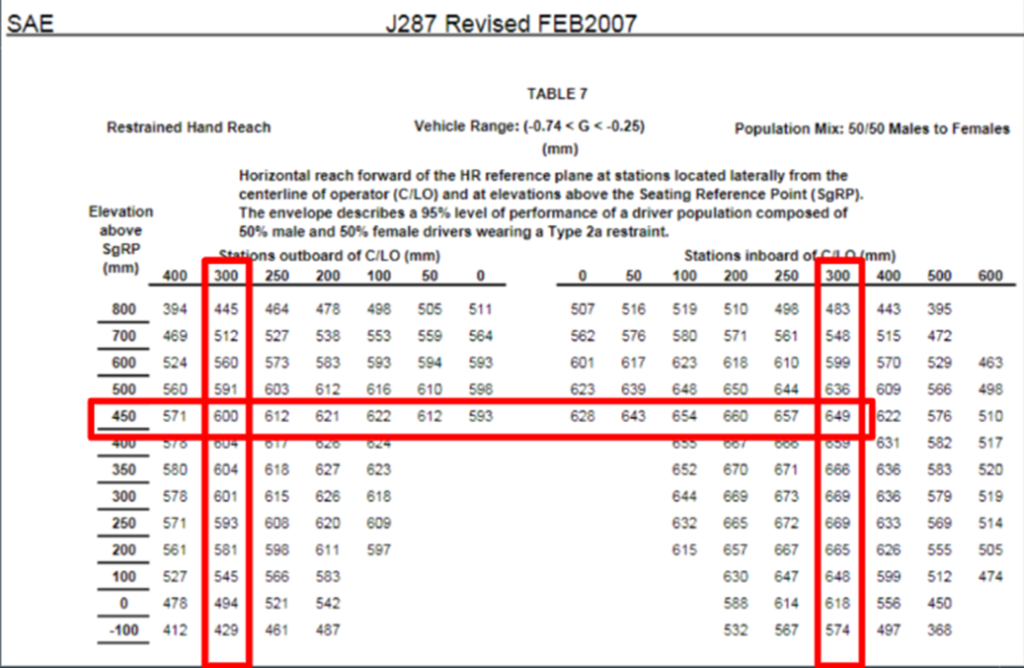
As can be seen from the table above, the horizontal reach forward of the HR reference plane for maximum comfortable reach for the left hand is 600mm and the right hand is 649mm. To find the value being asked for “Cross sections of the maximum comfortable reach in vertical planes parallel to XZ planes at 300 mm to the left and 300 mm to the right of the driver’s SgRP” we need to add 16.3mm to each of our values from the table. This 16.3 is the distance HR is forward of driver SgRP. The final answers for maximum hand reach in vertical planes parallel to XZ planes at 300mm to the left and 300mm to the right of drivers SgRP are 616.3mm for left hand and 665.3mm for right hand.
Calculations:
To determine many of our vehicle’s dimensions we found blueprints of the appropriate vehicles and used the website imagemeasurement.com to find other dimensions we needed. This website utilizes existing dimensions to understand the scale of the image and accurately determine any dimensions not included in the blueprint. The team utilized the “Occupant Package Dimensions Computations” document found in lecture 4 reference material to determine many of the dimensions for our vehicle. This document had many of the calculations already filled in, and we measured/assumed the required values in the inputs section.
Trig was used to calculate the degrees for approach angle, departure, ramp break over angle, backlite angle, and tumblehome angle. Sample calculations for the 2022 Porsche 911 can be seen below:

The remainder of the interior calculations for our vehicle can be found below, including the SAE reference documents and equations:

Conclusion:
This project allowed us to understand which calculations and assumptions are needed to determine all a vehicle’s important dimensions (interior and exterior). These dimensions were calculated on multiple different sports cars, for comparison purposes. Some of those dimensions from our sports car segment were used to create our own vehicle dimensions.
Our vehicle dimensions were compared to body dimensions of US adults of the 95th percentile male/female to understand if they could fit in our vehicle (from lecture 5 slides, table 13-1) . The results are below:

After reviewing the table above, it can be concluded that our vehicle is not tall enough for a 95% male. The 95% male eye height is below our vehicle’s eye height. The ability to move the seat up, this might make up for this height difference. The width of the vehicle is appropriate to accommodate a 95% female or male at both the hip and elbow height. When comparing our entrance height to the vehicles in our set (2022 Chevrolet Corvette 3LT, 2022 Porsche 911, and Audi R8 V10) they are very similar, with our vehicle fitting in the middle of the set. With this information it can be concluded that these sports cars aren’t necessarily designed to comfortably accommodate a 95% male/female.
Reference:
- https://www.carsguide.com.au/audi/r8/car-dimensions/2022
- https://www.caranddriver.com/chevrolet/corvette/specs
- https://www.chevrolet.com/performance/corvette
- SAE International (SAE J1100) Motor Vehicle Dimensions
- SAE International (SAE J1050) Motor Vehicle Dimensions
- SAE International (SAE J287) Motor Vehicle Dimensions
- https://www.imagemeasurement.com/en/
- http://hyperphysics.phy-astr.gsu.edu/hbase/ttrig.html
Appendix:






